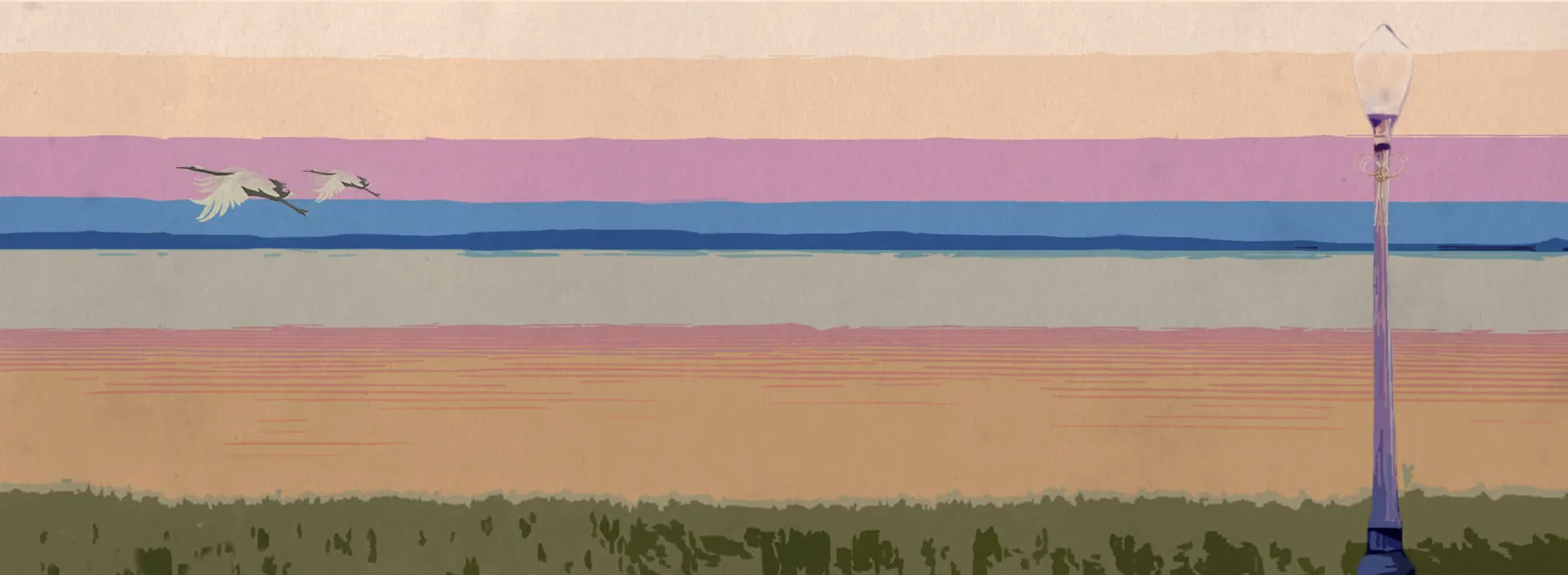The Belt of Venus

Today, like any other day, the sun rose and set like clockwork. On some evenings like this, the Belt of Venus would lace itself across the horizon like a rice paper cord (mizuhiki) lashed over a blue-textured chiyogami wrapping paper. Most of the time, the mizuhiki only consists of pink, orange and yellow colours. But this sundown, a dark blue twine—the Earth’s shadow—accompanied the warm colours. Inch by inch and almost inconspicuously, the shadow engulfs daylight in its entirety.
The overwhelmingly bright LED streetlights flicked on. A few years ago, sodium vapour flickered them to life. These retrofitted lamps used to harness the remains of the Belt of Venus to mimic and emit a purplish-pink glow followed by a pale blue-grey cast. After a few moments, the colours would metamorphose into incandescent orange-yellow spheres across the city—like miniature morning suns thawing the twilight away.
No matter where or when, where the light falls—whether sunlight, moonlight, or fluorescents—, a shadow follows and galvanises a subject into existence like how a puppeteer controls a marionette. Every movement calculated and orchestrated to put on the most spellbinding or beguiling of shows. At the end of a performance, the stage lights dim as the subject takes a final curtain call. The shadow weakens.
Nearby, a cacophony of bicycle bells and bird songs emerges and dissipates the clouds that have built up overnight. The skies cleared and made way for the Belt of Venus. Today, like any other day, the sun rose and set like clockwork.